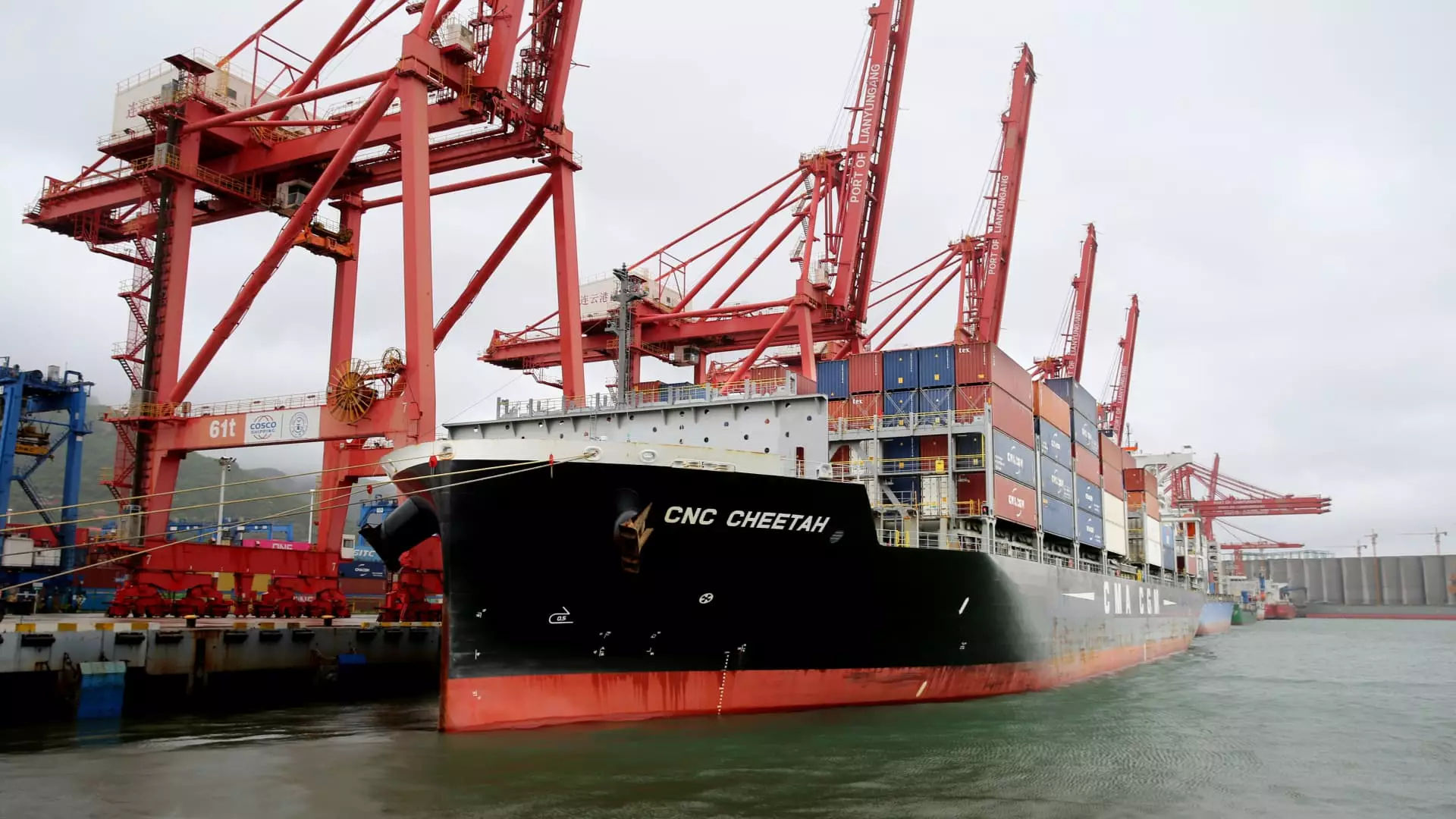The United States has entered a troubling period characterized by soaring tariff rates that mirror the oppressive economic climate of the 1930s. According to a recent report from the Yale Budget Lab, the average effective tariff rate currently sits at a staggering 17.8%. This significant hike reflects the broader policy shifts initiated during President Trump’s administration and represents a 15.4 percentage point increase since the onset of his second term. With the ongoing negotiations for trade agreements with China and the United Kingdom, one must question whether these developments are genuinely beneficial or merely superficial gestures aimed at masking the underlying economic turmoil.
The Financial Strain on Households
The ramifications of these tariff policies are far-reaching, particularly for American consumers. The Yale Budget Lab estimates that the average household will incur a staggering cost of $2,800 due to these tariffs in the short run. While specific timelines for this financial burden remain ambiguously defined, the weight of this increase cannot be overstated. It reflects a systematic decision by the government to prioritize trade policy over the economic wellbeing of average citizens. This strategy fosters an environment in which families must grapple with increased prices on everyday goods, exacerbating financial insecurity at a time when many are still recovering from the economic shocks of the pandemic.
Short-Term Gains, Long-Term Costs
Recently, officials managed to negotiate temporary reductions in tariff rates on imports from China, slashing them to 30%, down from a peak of 145%. Yet, the sheer magnitude of these figures raises alarms about the feasibility and efficacy of such arrangements. The agreement with the U.K. may offer a brief respite with a 10% tariff on imported automobiles, but it clearly fails to address the complexities of a global economy increasingly defined by tension and unpredictability. In reality, these agreements are unlikely to produce the lasting fixes that American families desperately need. The emphasis on symbolic victories rather than meaningful economic reform serves only to perpetuate the cycle of financial distress.
The Consequences for American Businesses
As consumers reckon with escalating costs, businesses are also caught in this entangled web of tariffs. Economists predict a seismic shift in purchasing behavior, prompting businesses to reevaluate their supply chains and operational strategies in order to mitigate the impacts of these inflated tariffs. However, this adaptation, while necessary, will undoubtedly come at a cost. The economic principle of substitution suggests that even within constrained options, consumers will find loopholes in repetitive purchasing scenarios, ultimately leading to an average effective tariff rate of 16.4%. This figure too, tragically, represents an economic environment fraught with uncertainty, disillusionment, and declining consumer confidence.
In this contentious arena of trade policy, one fact remains abundantly clear: the current tariff strategy demands more thorough scrutiny and a recalibration of priorities. The burden placed on American families and businesses is growing heavier, and while the administration celebrates fleeting trade deals, it is imperative to question the long-term implications of such actions on our economy. The battle against tariffs is far from won; it has only just begun.

